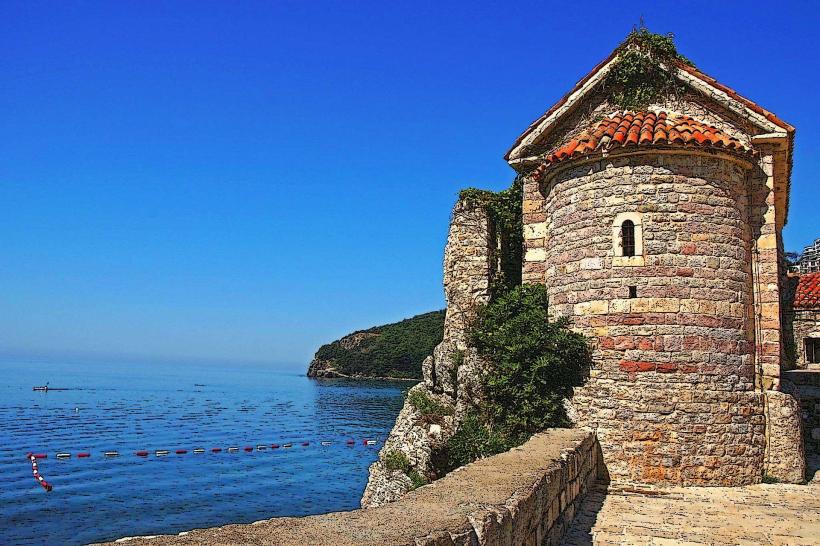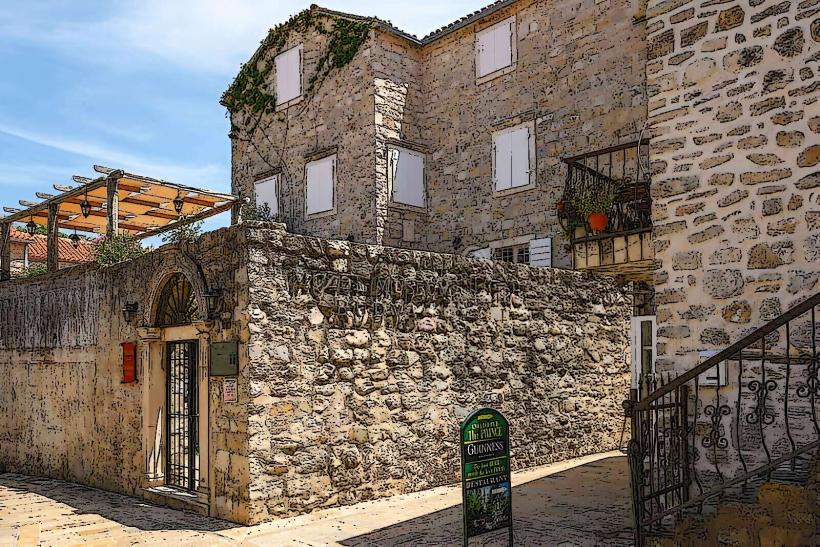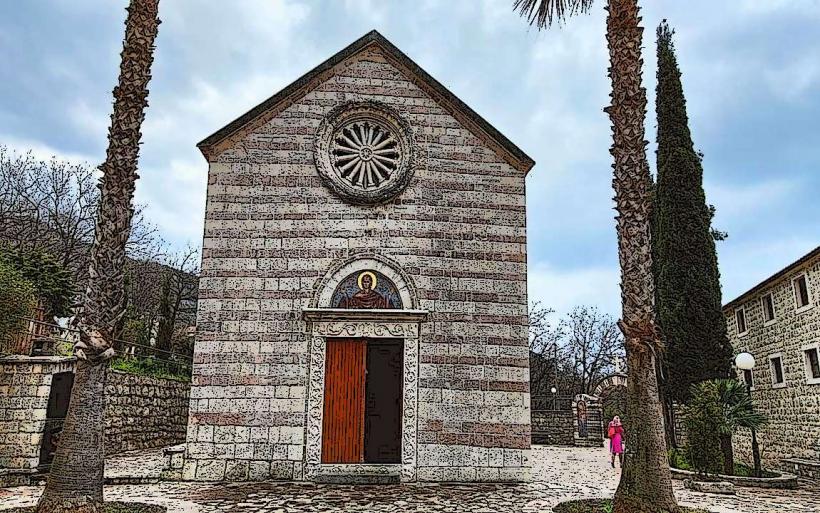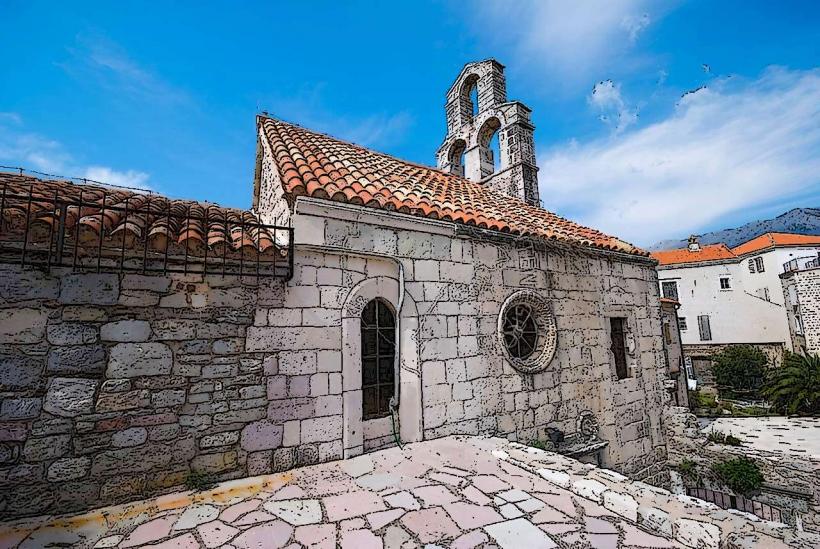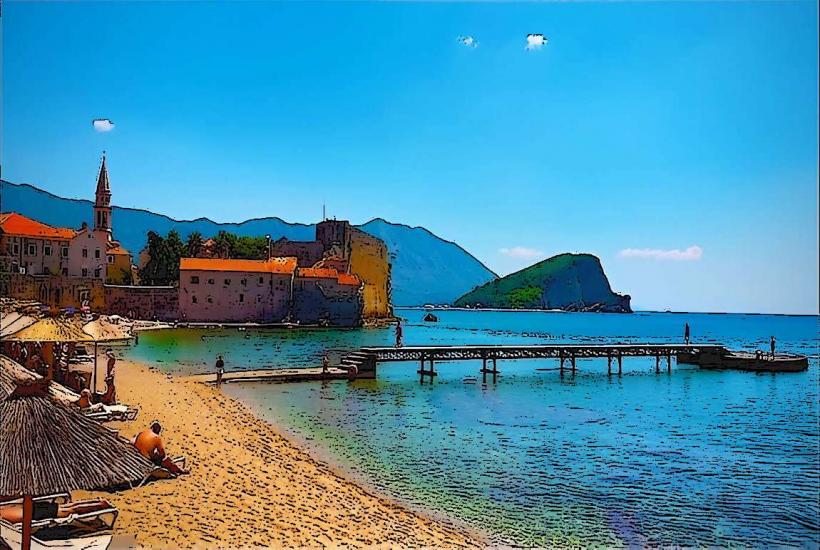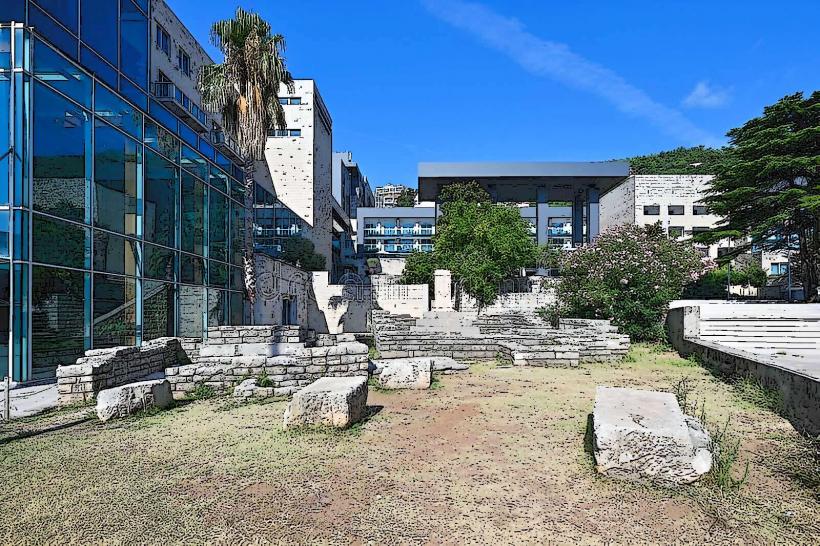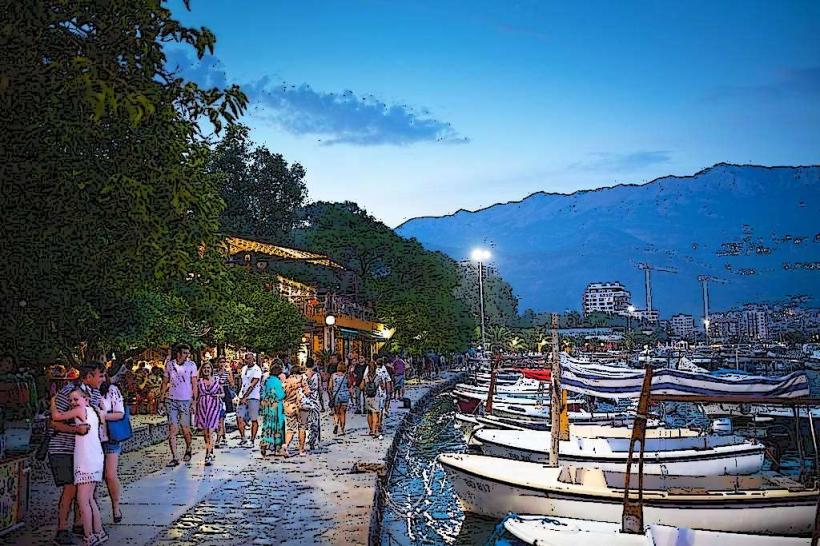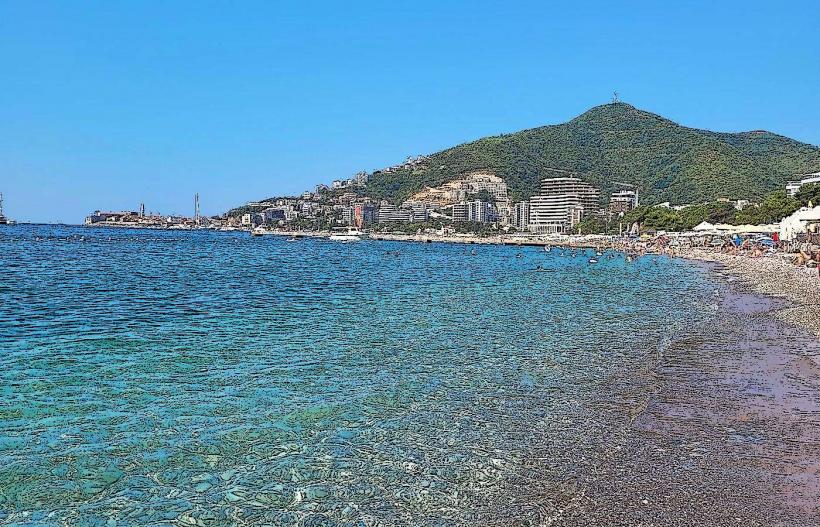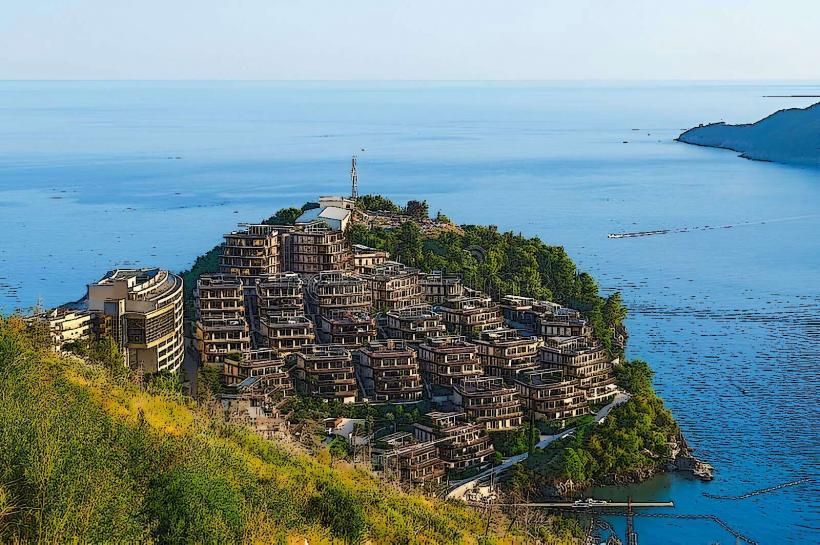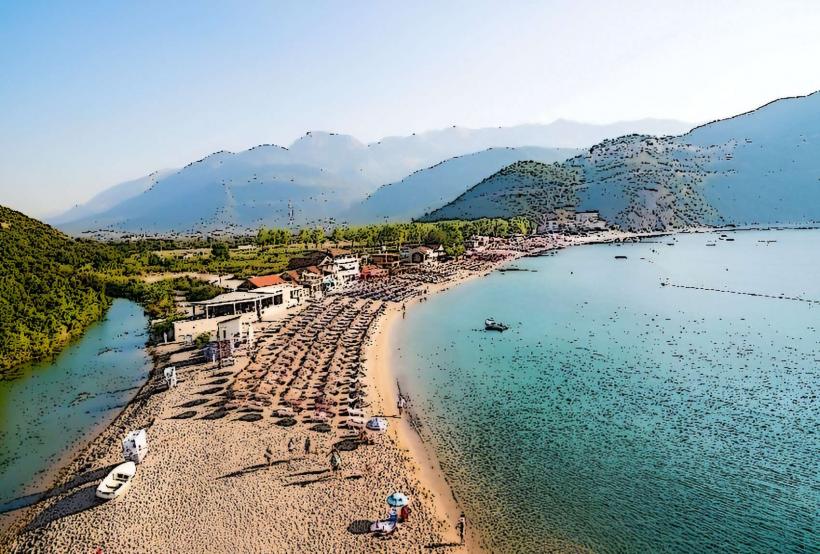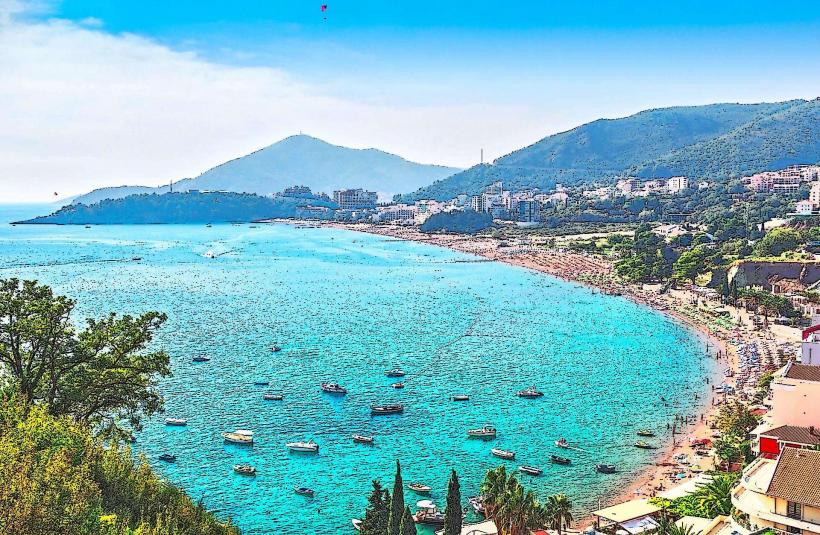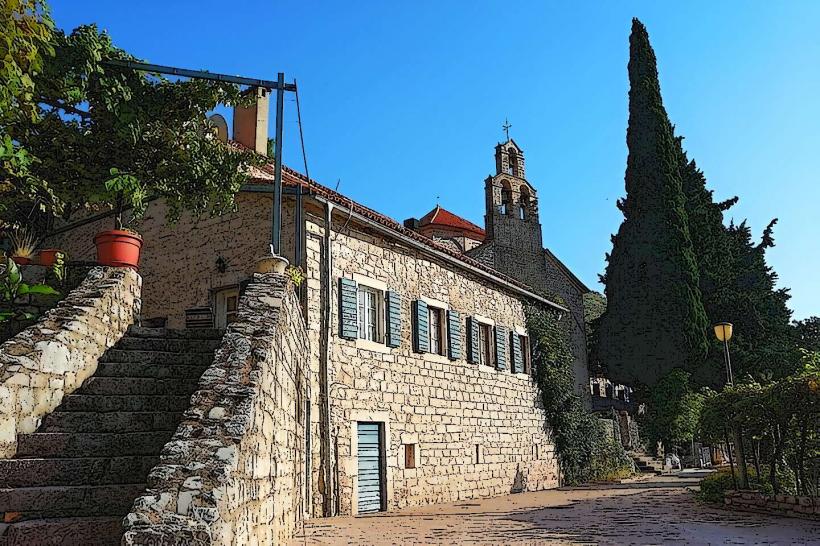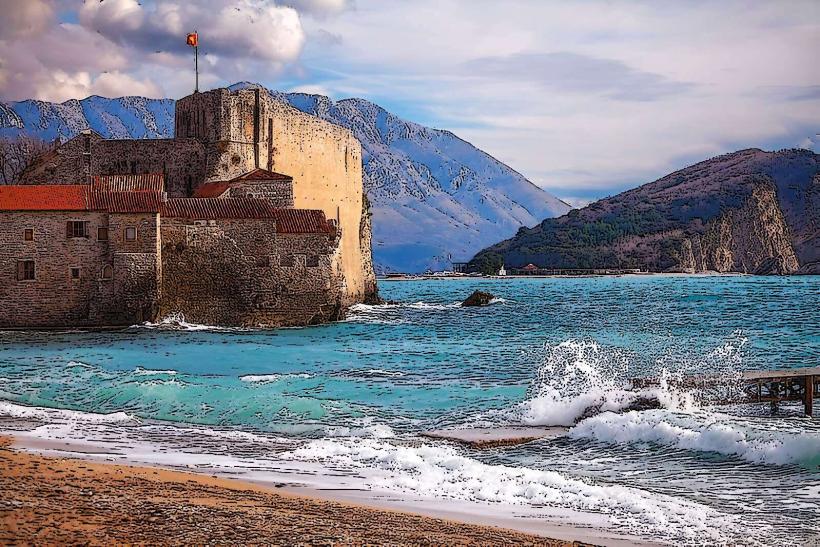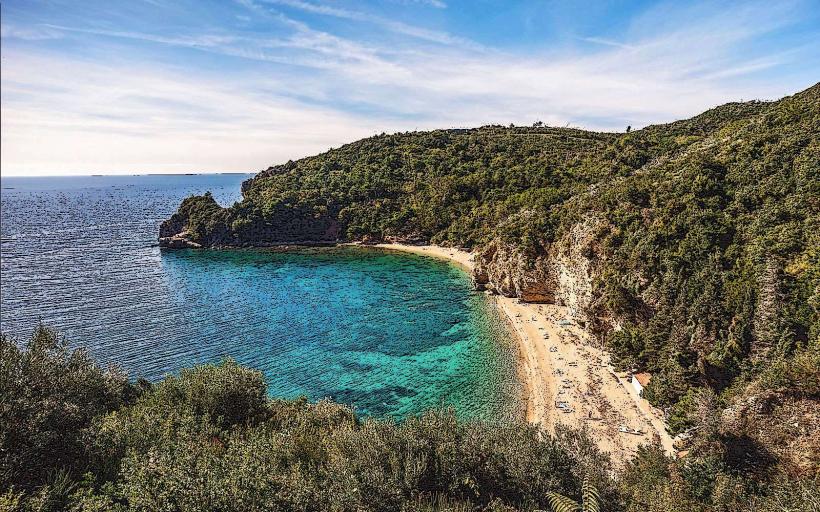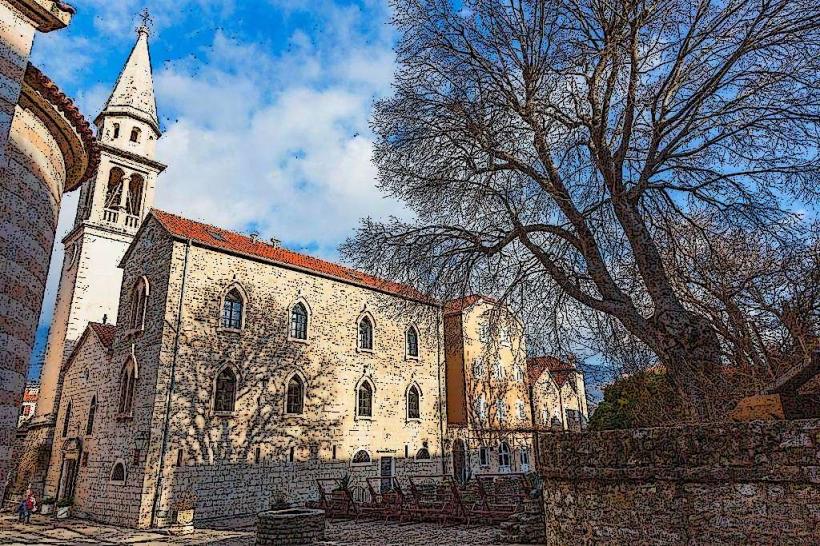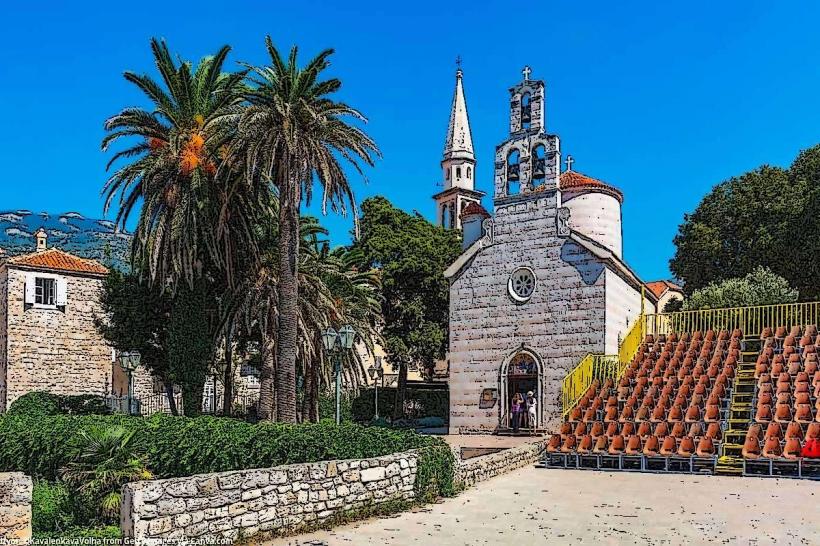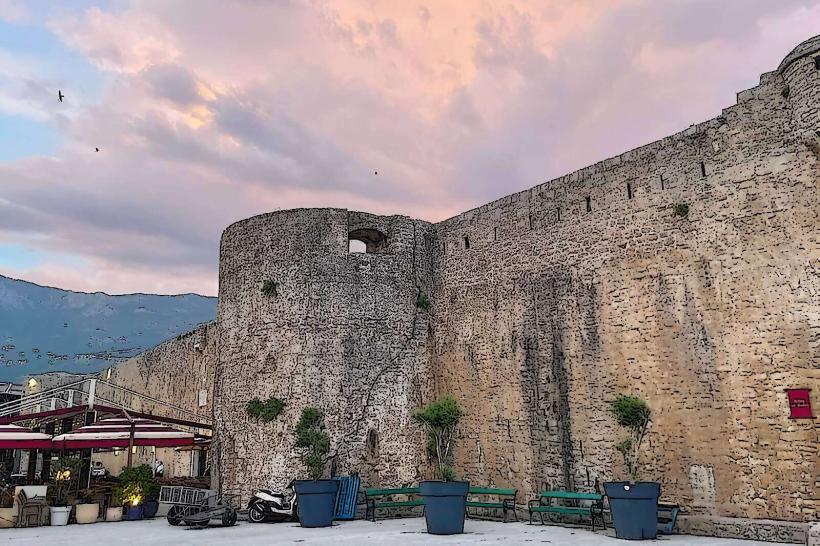Information
Landmark: Budva Old TownCity: Budva
Country: Montenegro
Continent: Europe
Budva Old Town (Stari Grad Budva) is one of the most significant and well-preserved historical areas in Montenegro. Located along the Adriatic Coast, the Old Town of Budva has long been a central hub of culture, trade, and defense, offering a fascinating glimpse into the region’s rich history. With its charming narrow streets, historic buildings, and beautiful architecture, Budva Old Town is a key attraction for tourists and a symbol of Montenegro’s historical and cultural heritage.
Historical Background
Ancient Origins: The history of Budva Old Town dates back to around the 5th century BCE, making it one of the oldest settlements along the Adriatic coast. It was initially founded by the Phoenicians and later came under the influence of the Romans, Byzantines, and Venetians.
Greek and Roman Influence: Throughout its long history, Budva has been a major port and trading hub. The town’s strategic location along the Adriatic made it an attractive settlement for various civilizations, including the Greeks and Romans, who left a lasting mark on the architecture and layout of the town. It is believed that the Greeks originally settled here around 500 BCE, naming it Buto, and the Romans later established a presence as part of their empire.
Venetian Period: The Venetians controlled Budva from the late 15th century until the 18th century, and their influence is still visible in the town's fortifications, palaces, and churches. During this period, the town became an important part of the Venetian Republic's maritime defense system and an essential center for trade.
Modern Day: In the modern era, Budva has evolved into a popular tourist destination, balancing its rich historical legacy with a thriving tourism industry. The Old Town remains an active center of culture, hosting festivals, cultural events, and traditional Montenegrin life.
Architectural Features
The Old Town of Budva is known for its well-preserved medieval architecture, with a mixture of Romanesque, Gothic, and Venetian influences. The town's buildings, walls, and streets reflect its long and varied history.
1. City Walls and Gates
The city walls of Budva are one of the most prominent features of the Old Town. These walls were originally built for defense during the Venetian rule and are well-preserved today. They offer a unique historical walk along the coastline with stunning views of the Adriatic Sea and the surrounding area.
The main gates of Budva Old Town include the Main Gate (also called the Sea Gate), which leads to the coastline, and the Small Gate. These gates, along with the city walls, served as defensive structures during the medieval period, protecting the town from invaders.
2. Streets and Squares
The narrow cobblestone streets of Budva Old Town are one of its most captivating features. The streets are designed in a labyrinthine layout, a typical feature of medieval towns, which not only offers a charming ambiance but also served defensive purposes, making it difficult for invaders to navigate.
The squares of Budva Old Town, such as the Citadel Square and Trg Pod Murvom (Square Under the Mulberry Tree), are lined with historic buildings and are popular places for visitors to sit, relax, and enjoy the local cafés and restaurants.
3. Churches and Religious Buildings
St. John’s Church (Crkva Svetog Jovana) is one of the oldest churches in Budva, dating back to the 7th century. It features a Romanesque design with a stone bell tower, and inside, visitors can admire medieval frescoes and icons that depict Christian saints and stories.
The Church of the Holy Trinity (Crkva Svete Trojice) is another notable religious structure in the Old Town. Built in the 18th century, this church stands out with its Baroque design and elegant interior.
The Cathedral of the Virgin Mary (Katedrala Bogorodice) is another significant church that highlights the importance of religion and spirituality in the history of the Old Town.
4. Citadel
The Budva Citadel is one of the most important historical landmarks in the Old Town. Positioned on a hilltop, the citadel was originally a Roman fortification and was later expanded by the Venetians. It offers a spectacular view of both the town and the sea, making it a must-see for visitors.
Inside the Citadel, you will find several museums, galleries, and open-air spaces, all contributing to the rich cultural heritage of the town.
Cultural and Symbolic Significance
1. Historical Importance
Budva Old Town’s rich history is reflected in its architecture, cultural sites, and its continued role as a key center for trade and culture throughout the centuries. It has served as a strategic military stronghold, a cultural exchange center, and an artistic hub.
The influence of various civilizations—Roman, Byzantine, Venetian, and Ottoman—has shaped the architecture and culture of the town, making it a mosaic of historical periods that is visible to this day.
2. Symbol of Montenegrin Identity
- Budva Old Town has become a symbol of Montenegrin resilience and cultural preservation. Despite numerous challenges, including invasions and natural disasters, the town's heritage has survived. Today, the Old Town continues to be a place where traditions and modernity coexist, making it an essential part of Montenegro’s cultural identity.
Tourism and Modern-Day Life
Budva Old Town is a thriving tourist destination, attracting visitors from all over the world due to its historical charm, beautiful coastline, and vibrant atmosphere.
1. Festivals and Events
- Budva Old Town is home to numerous festivals and cultural events throughout the year. The Budva Music Festival, theatre performances, and traditional Montenegrin folk events draw visitors and locals alike. The town also hosts international art exhibitions and film festivals, providing a diverse cultural experience for tourists.
2. Shopping and Dining
- The Old Town is full of local boutiques, art galleries, and souvenir shops where visitors can purchase traditional Montenegrin crafts, such as handmade jewelry, textiles, and local wines. The restaurants and cafés offer a variety of delicious dishes, including seafood, Montenegrin specialties, and international cuisine, often served with a view of the Adriatic.
3. Beaches
- While the Old Town itself is known for its historical significance, it is also close to some of the most beautiful beaches in Montenegro, including Mogren Beach, which is just a short walk from the town center.
Conclusion
Budva Old Town is a beautifully preserved example of Montenegro's historical and cultural richness, offering a glimpse into the past while remaining a vibrant center of life. The narrow streets, historic churches, fortifications, and breathtaking views make it a must-visit destination for anyone exploring the region. Whether you are interested in history, architecture, art, or simply enjoying the ambiance of a historic Mediterranean town, Budva Old Town offers something for everyone.

